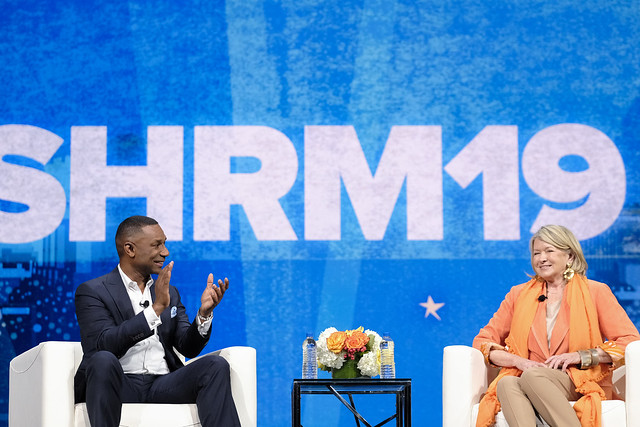In most organizations today, leadership competencies are being revised due to the impact of the changing dynamics of globalization, technology advancements and demographic shifts.
Among these revisions, there is a significant focus on inclusiveness as a distinguishing leadership competency.
It is my contention that inclusiveness is not a new leadership competency. Leadership hasn’t fundamentally changed, and inclusive ways of working have always been a part of the traits and skills that leaders need to exhibit.
Many aspects of inclusive leadership are connected to more traditional leadership competencies:
Open-mindedness: Inclusiveness is characterized by having a mind both open and attuned to differences. Inclusive leaders value differences, exhibit curiosity to know more about the world around them and are not opposed to being proven wrong in the spirit of learning.

This is not very different from the learning agility that we expect leaders to demonstrate, in terms of quickly grasping and adapting to changes. Understanding the limiting nature of beliefs (whether their own or that of others) helps leaders be open to change and more diverse experiences that can expand their beliefs and views.
Freedom to dissent: The role of a leader is critical in fostering an inclusive climate at the workplace. This entails creating an environment where employees feel safe and empowered to dissent with and challenge each other.
Not surprisingly, this has always been a leadership requirement as it promotes divergent viewpoints that are fundamental to sustaining innovation and creativity in the organization. The courage to question norms and the freedom to take risks is also a characteristic of teams and leaders that zealously guard their integrity.
Awareness and understanding: Inclusiveness begins with a better understanding of self. There is a need to be conscious and mindful of our biases (conscious and unconscious) and mental blind spots.
Checking for biases is not just good for a healthy work environment. Biases are threats to clear judgment, and any decision-making or critical thinking competency has an aspect of developing awareness of one’s biases.
However, enhanced self-awareness is not enough. There is also a need to accept and respect others’ beliefs and choices. Respect is a fundamental leadership trait that cuts across several competencies like collaboration and interpersonal effectiveness.
Empathy: Empathy is the ability to view things from different perspectives. It is a step above acknowledging or respecting differences. Authentic inclusiveness stems from an ability to place oneself in someone else’s shoes to understand their point of view and their approaches and challenges.
This is a fundamental trait that helps people relate to each other on a deeper level and is a building block of effective communication. Even with a homogeneous team, an empathetic leader is likely to connect with the team members more effectively than an unempathetic one.
Inclusiveness, then, is not new. Neither is diversity, for that matter. This should be reassuring for leaders and stakeholders invested in employee and leadership development. The focus on inclusiveness is not a fad. It is not a half-baked reaction to emerging workplace developments. It is a fundamental leadership challenge about bringing people together with different personalities, backgrounds, mindsets and ways of working in a way that allows them to contribute their whole selves, leading to significant competitive advantage over homogeneous or conforming teams.








 For the employee, retirement may be a big, drastic step, but the personal and lifestyle benefits of removing the commute, even if just a few days per week, outweigh the anxieties of not working. By engaging that worker in meaningful dialogue around her real needs and proactively offering remote work as an option, the employer can dramatically alter the equation, often resulting in the employee staying on board for several valuable years. Similarly, flexibility in scheduling may include four-day weeks or alternative hours.
For the employee, retirement may be a big, drastic step, but the personal and lifestyle benefits of removing the commute, even if just a few days per week, outweigh the anxieties of not working. By engaging that worker in meaningful dialogue around her real needs and proactively offering remote work as an option, the employer can dramatically alter the equation, often resulting in the employee staying on board for several valuable years. Similarly, flexibility in scheduling may include four-day weeks or alternative hours.








